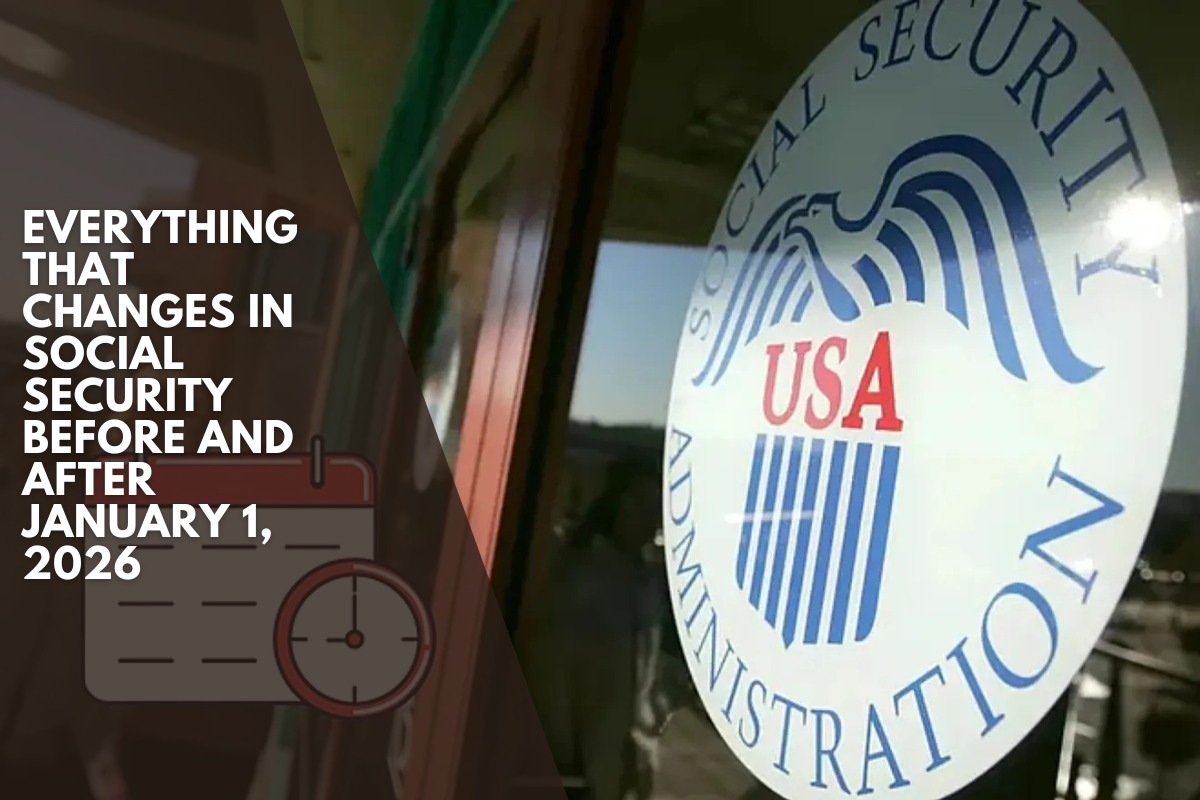For decades, Social Security has been a lifeline for retirees across the United States, providing consistent income in exchange for lifetime contributions.
However, the agency in charge of delivering those benefits is currently experiencing a staffing crisis, which could affect millions of Americans.
Nearly every state has seen its Social Security Administration (SSA) workforce shrink in the last year, raising concerns about the system’s ability to keep up with rising demand.
The Trump administration announced earlier this year that it would reduce the SSA’s workforce by about 12%, or approximately 7,000 jobs, as part of a larger government efficiency initiative.
The newly formed Department of Government Efficiency, led at the time by Elon Musk, was tasked with overseeing the cuts.
Thousands of employees were offered buyouts and early retirement packages, many of whom worked in local field offices where retirees sought assistance with benefits, ID cards, and other essential services.
According to the Strategic Organizing Center (SOC), 46 states and Washington, D.C. experienced staff reductions between March 2024 and March 2025.
Wyoming was hardest hit, losing 17% of its field office employees. Montana followed with a 14 percent drop, while West Virginia, Hawaii, and New Mexico all experienced losses of 10 to 11 percent.
Only Nebraska and Alaska added staff, with a total of seven new employees.
The impact is already being felt. Retirees in rural and tribal areas, where field offices are often scarce, will now face longer travel times and less in-person support.
Limited access to reliable internet service complicates efforts to shift people to using online tools.
Jessica LaPointe, president of the American Federation of Government Employees Council 220, stated that the situation has left vulnerable Americans in limbo.
“When it takes too long to get your benefits into your bank account after you file because of the understaffing situation, you’re going months and months without needed income that was promised to you because you paid in your whole life,” she told a reporter.
Supporters defend the cuts
SSA officials argue that the downsizing is part of a larger modernization effort.
Commissioner Frank Bisignano stated that the agency is “transforming the customer experience, investing in technology to build frontline capacity, and using real-time data to monitor performance.”
He cited shorter average wait times at field offices this year, 23 minutes versus 30 minutes last year, as evidence that the changes are effective.
Advocacy groups disagree. Social Security Works, which campaigns to protect benefits, has warned that the agency is losing some of its most experienced employees.
“This report shows the catastrophic damage the Trump administration is doing to Social Security,” the group said in a statement. “They’ve pushed out thousands of staff, including many of the most qualified public servants.”
The SOC’s analysis also indicated that the full extent of the cuts may not yet be visible.
Much of the mass buyout program began after March 2025, which means staffing levels may now be even lower than previously reported.
Why retirees should be paying attention
The SSA processes millions of claims, appeals, and card requests every year.
While many of these services are available online, many retirees still rely on in-person assistance, especially those who do not have reliable internet access or have more complex cases.
Delays in processing benefits can deprive people of the income they need for food, rent, and medical expenses.
Critics warn that such cuts risk undermining public trust in one of the country’s most important programs.
For retirees in smaller communities, the difference between a fully staffed office and one that is empty could mean waiting weeks or even months for benefits that are supposed to arrive on time.
The SSA intends to reduce its workforce to approximately 50,000 employees by the end of fiscal year 2025, down from nearly 63,000 in 2014 and 57,000 in 2024.
Agency leaders say they’re balancing staff reductions with technology upgrades, with the goal of moving more services online while still providing in-person assistance to those who need it.
But with staffing losses in 46 states, the question remains whether the digital transition will be enough to keep pace with the needs of millions of retirees.
For now, many Americans are left waiting, not only for their monthly checks, but also for reassurance that Social Security can still deliver on its promise












